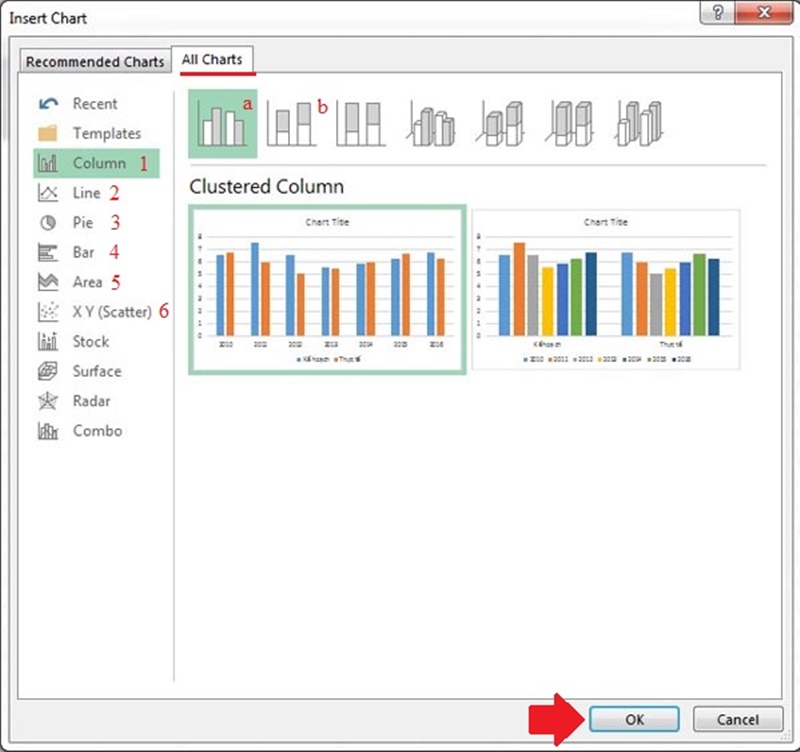
None – select this option to not show a label for the reference line. Median- places a line at the median value. Maximum - places a line at the maximum value.Īverage - places a line at the average value along the axis. Minimum - places a line at the minimum value. Sum - places a line at the SUM of all the values in either the cell, pane or entire view.Ĭonstant - places a line at the specified value on the axis. The total is computed using the underlying data and behaves the same as selecting one of the totals option the Analysis menu.

It is also useful when working with a calculation with a custom aggregation. This option is particularly useful when computing a weighted average rather than an average of averages. Total - places a line at the aggregate of all the values in either the cell, pane or the entire view. The aggregations that are displayed depend on the continuous field you select: This will not change the view, but it will allow you to use that continuous field as the basis for your reference band.Ĭlick on the reference line in the view and choose Edit to re-open the Edit Line dialog box. If you want to use such a continuous field, do the following:ĭrag the continuous field from the Data pane to the Details target on the Marks card.Ĭhange the continuous field's aggregation if necessary. You cannot select a continuous field that isn't currently in the view as the basis for your reference line. Select a continuous field from the Value field to use as the basis for your reference line. The Line option is already selected at the top of the dialog box. When you drop the line in the target area, Tableau displays a dialog box: Tableau Desktop version

If you drop the item in one of the three larger boxes in the header (for example, the Table box), a separate reference line is added for each continuous field in the view:īut if you drop the item in any of the lower boxes that are aligned with a specific continuous field, the line is added on the corresponding axis, with the specified scope. The terms Table, Pane and Cell define the scope for the item:įor a more complicated view – for example, if the view contains a line chart with multiple or dual axes – Tableau shows you an expanded drop target area: In Tableau Desktop, the process is the same but the user interface looks a bit different. The view above is from a web editing session. In a simple case, the drop target area offers three options: The range of choices varies depending on the type of item and the current view. You can add a reference line to any continuous axis in the view.ĭrag Reference Line from the Analytics pane into the view. Tableau provides different box plot styles, and allows you to configure the location of the whiskers and other details. Box plots show quartiles (also known as hinges) and whiskers. See Add a Bullet Graph later in this article for specifics.īox Plots - Box plots (also known as box and whisker charts) are a standardised graphic for describing the distribution of values along an axis. Reference distributions can also be used to create bullet charts.

Distribution can be defined by percentages, percentiles, quantiles (as in the following image) or standard deviation. Reference Distributions - Reference distributions add a gradient of shading to indicate the distribution of values along the axis. Reference Bands - Reference bands shade an area behind the marks in the view between two constant or computed values on the axis. You can also include confidence intervals with a reference line. Computed values can be based on a specified field. Reference Lines - You can add a reference line at a constant or computed value on the axis.

You can add reference lines, bands, distributions or (in Tableau Desktop but not on the web) box plots to any continuous axis in the view. Types of Reference Lines, Bands, Distributions and Boxes Tableau lets you add as many reference lines, bands, distributions and box plots to a view as you require. For example, if you are analysing the monthly sales for several products, you can include a reference line at the average sales mark so you can see how each product performed against the average. You can add a reference line, band, distribution or box plot to identify a specific value, region or range on a continuous axis in a Tableau view.


 0 kommentar(er)
0 kommentar(er)
